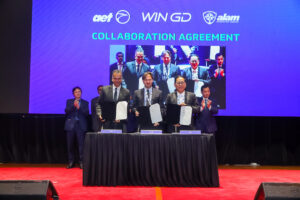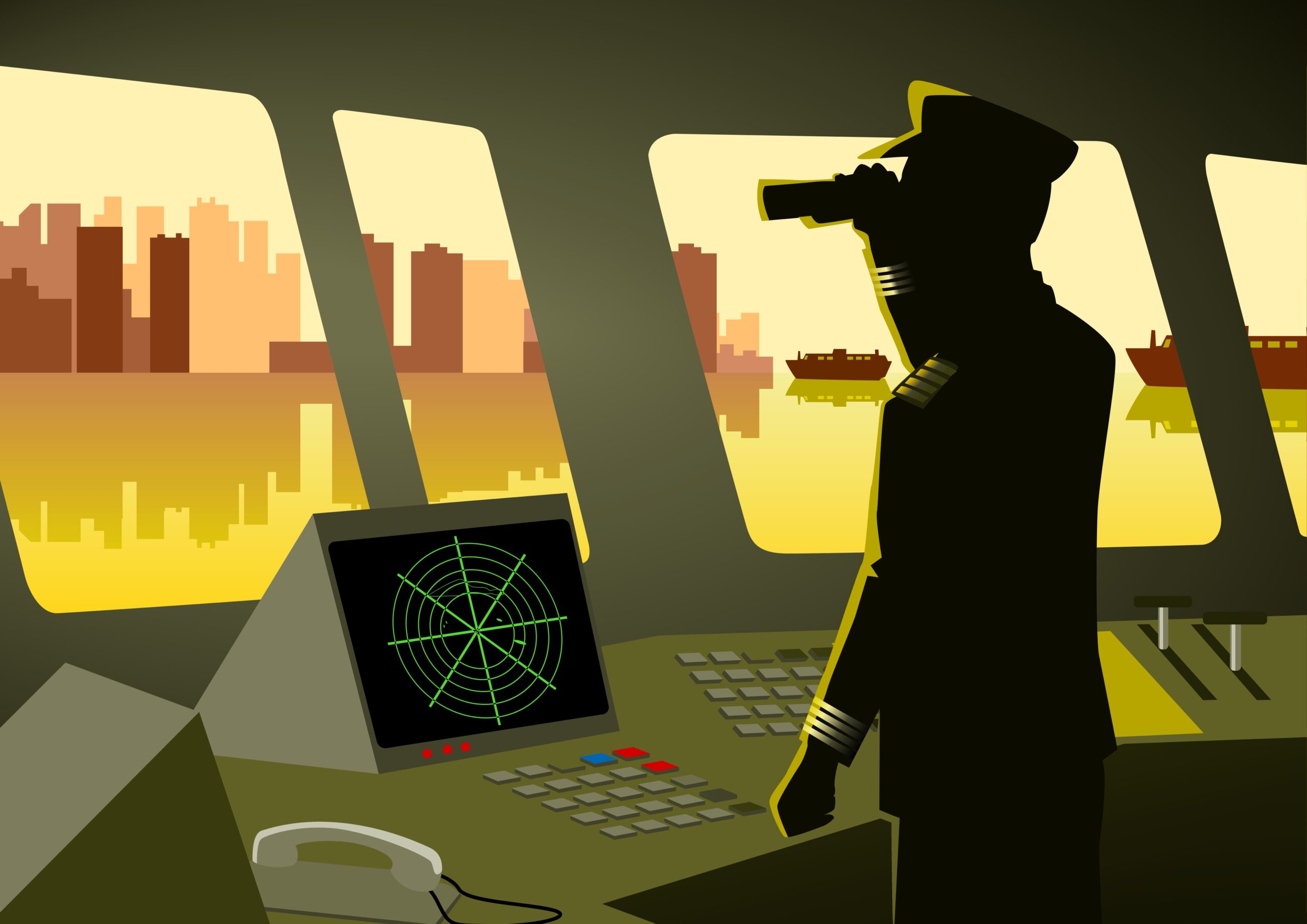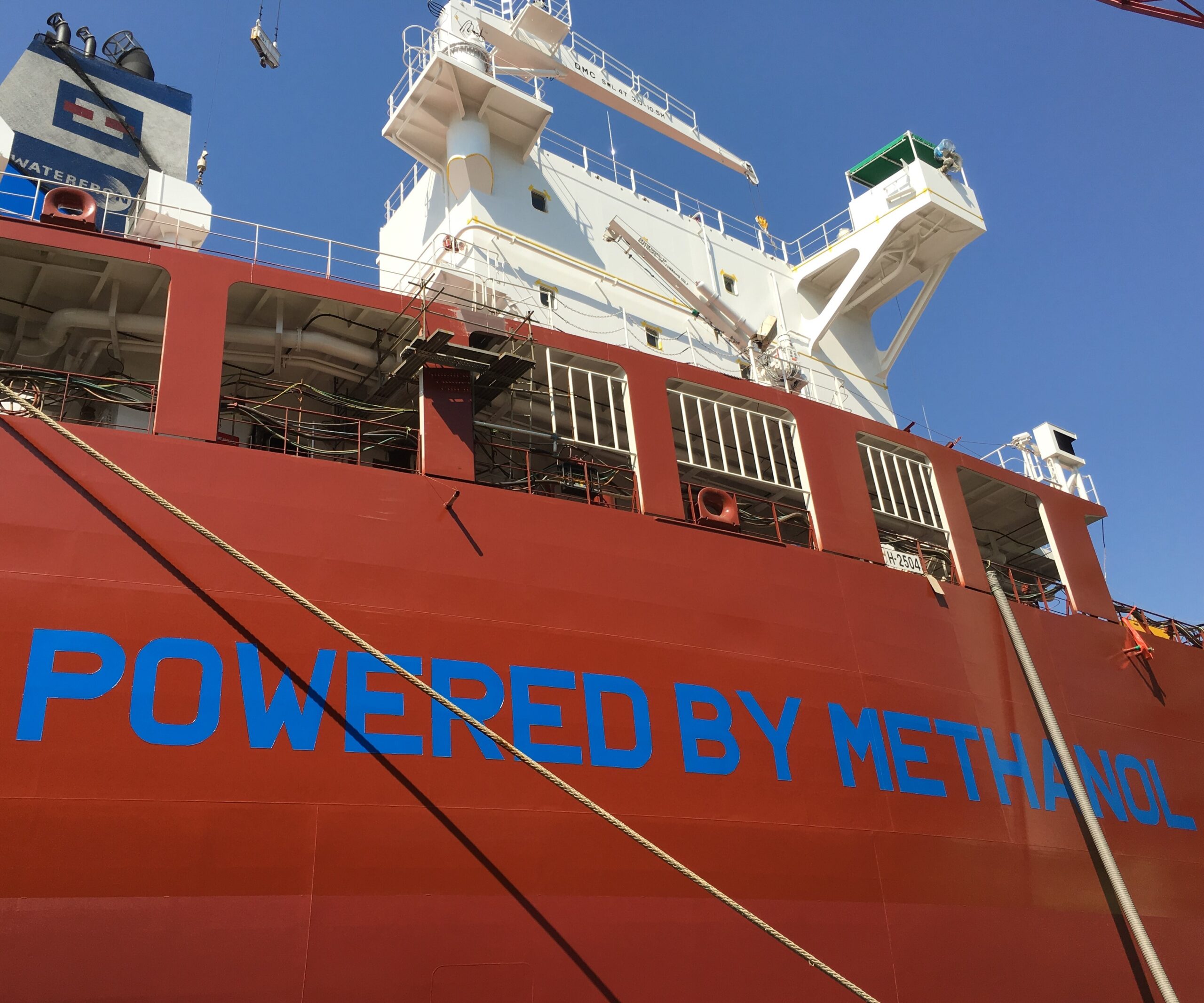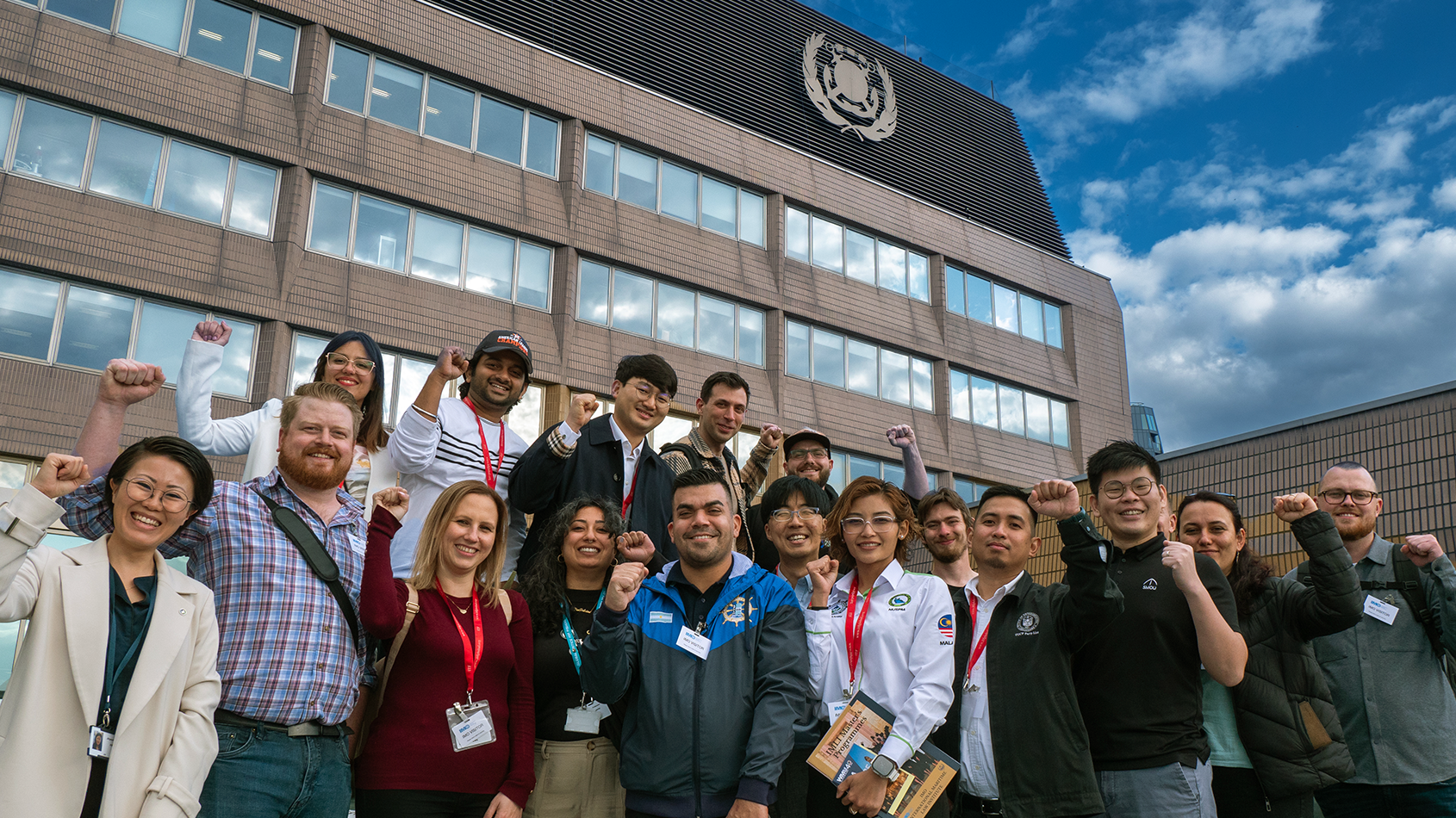The growing training demands on seafarers go far beyond digital and decarbonisation – how will the industry cope with the increasing burden?
by Gavin Lipsith
The industry is rapidly becoming familiar with a huge skills challenge around new technology. If the seafarers of tomorrow may be more akin to software engineers than sailors, where does that leave veteran crew members that barely relate to social media, let alone Python coding? And where does it leave prospective seafarers from developing countries – the majority of traditional seafarer supply markets – that have not had the benefit of a digital education and multiple devices on hand at home?
Those concerns are part of the knot of challenges that comprise maritime’s ‘just transition’ – ensuring that no seafarer is left behind (or potential seafarer excluded) as shipping evolves to a digital and decarbonised future. The Maritime Just Transition Task Force has previously hinted at the scale of the challenge, identifying that up to 800,000 seafarers may need training for alternative fuelled vessels by the mid-2030s if the most ambitious projections for uptake are realised.
As training demands change, the regulations that govern the provision of maritime training will also need to adapt. IMO’s STCW Convention represents the minimum training requirements for seafarers, and is currently undergoing its first review for more than a decade. Adding the technology-related training requirements that will be needed over the coming decades is already a challenging issue.
But the trials of the seafarer skills transition go far beyond digitalisation and decarbonisation. The latest round of STCW discussions, at IMO’s Human Element, Training and Watchkeeping (HTW) sub-committee in February, were more focused on sexual harassment and bullying than green and digital skills. Those are critical subjects as shipping aims to attract a more diverse talent pool; the male-dominated environment of shipping has proved an effective deterrent to retaining skilled women seafarers in the past. Training crews to recognise and manage this must be part of the solution, and only adds to the growing list of skills that will be demanded of tomorrow’s seafarers.
Cognitive diversity
Encouraging diversity in the workforce extends beyond making women feel safe. As Yvette de Klerk, commercial business manager at Warsash Maritime School noted at a recent Ocean Technologies Group (OTG) customer event, cognitive diversity is key to addressing the issues facing shipping and goes beyond male and female to other traditionally excluded groups.
There is also a pragmatic reason for encouraging wider participation; as shipping grows, it will need to look beyond the historic seafarer demographic simply to meet the demand for seafarers. As an example Catherine Logie, director of OTG’s Direct to Customer Services, noted that the cruise sector currently needs around 80,000 new hires a year to fill vacancies on newbuilds entering service, as well as replacing crew that did not return after the pandemic pause.
But selecting from a wider geographical pool of recruits is complicated by one key factor; language. With most shipping companies requiring English as a working language, broadening recruitment to other markets where English may not be widely learned makes selecting crew from those countries more challenging. That issue is multiplied when you consider the new factors on which seafarers will be expected to communicate competently; not just new technologies but sensitive issues including harassment and bullying. Logie noted that the language used to describe distress varies dramatically across cultures, and learning to express these in a non-native tongue – as well as keeping up to date with the evolution of digital and technical vocabulary – represents another key training challenge for seafarers and recruiters.
The need for language skills and for diversity awareness join a long wish list for the current STCW review, which is scheduled for conclusion by 2026. But according to Arvind Natrajan, Senior Marine Adviser (Crewing & Training) at the International Chamber of Shipping, the review cannot simply be a case of adding requirements.

STCW fit for purpose
“The STCW needs to be usable and the industry needs to be able to train seafarers quickly to get them into work,” Natrajan said. “To keep the STCW manageable we also need to decide what requirements we want to remove from the current version.”
The significant changes to the STCW meant that, even this early in the review, some participants are already concerned that discussions may well go beyond the initial 2026 deadline.
It is not only training regulation that is awaiting clarity. More certainty is also needed about the fuels and technologies that shipping will deploy before course developers can invest in the syllabuses that they know will be taken up. To that extent, the seafarer training community is eagerly awaiting the outcome of IMO’s Marine Environment Protection Committee in July. A newly defined industry ambition level along with lifecycle analysis guidelines that make the benefits of various fuel options more evident will help define the training needed.
Getting seafarers trained to new STCW levels will be the next challenge. Technology can help. Developments in remote learning mean that new training titles can be added to libraries quickly, and accessed easily by seafarers from their personal devices. At its customer event, OTG described how fully downloadable courses would enable seafarers to update their skills even when data or wifi are not available. New courses for trainers and assessment methods are also being developed to ensure that ‘soft skills’ – such as those needed to handle training on bullying and harassment – are taught and assessed effectively. That would look very different from the binary ‘do you know or not’ assessment that is more appropriate for technical teaching.
Meeting these new training demands seems like a daunting prospect. But the industry can take heart from previous experience. Neil Dulling, who manages MOL LNG’s European Environmental Centre of Excellence, noted that the uptake of LNG as fuel could serve as a template for green skills training.
“We’ve worked with these new fuels as cargos for several years,” he said. “We know what we’ve got to do. And we’ve got all the skills within the industry to do it. It’s just a matter of sharing that information and getting the job done.”
That bullish outlook from a major operator should not be mistaken for complacency. Technical skills may be relatively easy to address if operators have previous experience, but there are still several elements that need to be put in place before the skills requirements of tomorrow are fully scoped out and regulated for. The conclusion of the STCW review, regulatory clarity on decarbonisation pathways and the implementation of new training technologies will all have a role to play in safeguarding the seafarer skills transition.
Related stories
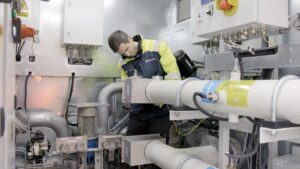
Crew training is a crucial factor for efficient BWTS operations, says Optimarin

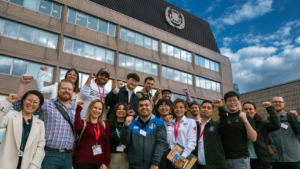
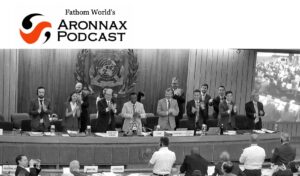

Aronnax: July 3rd
